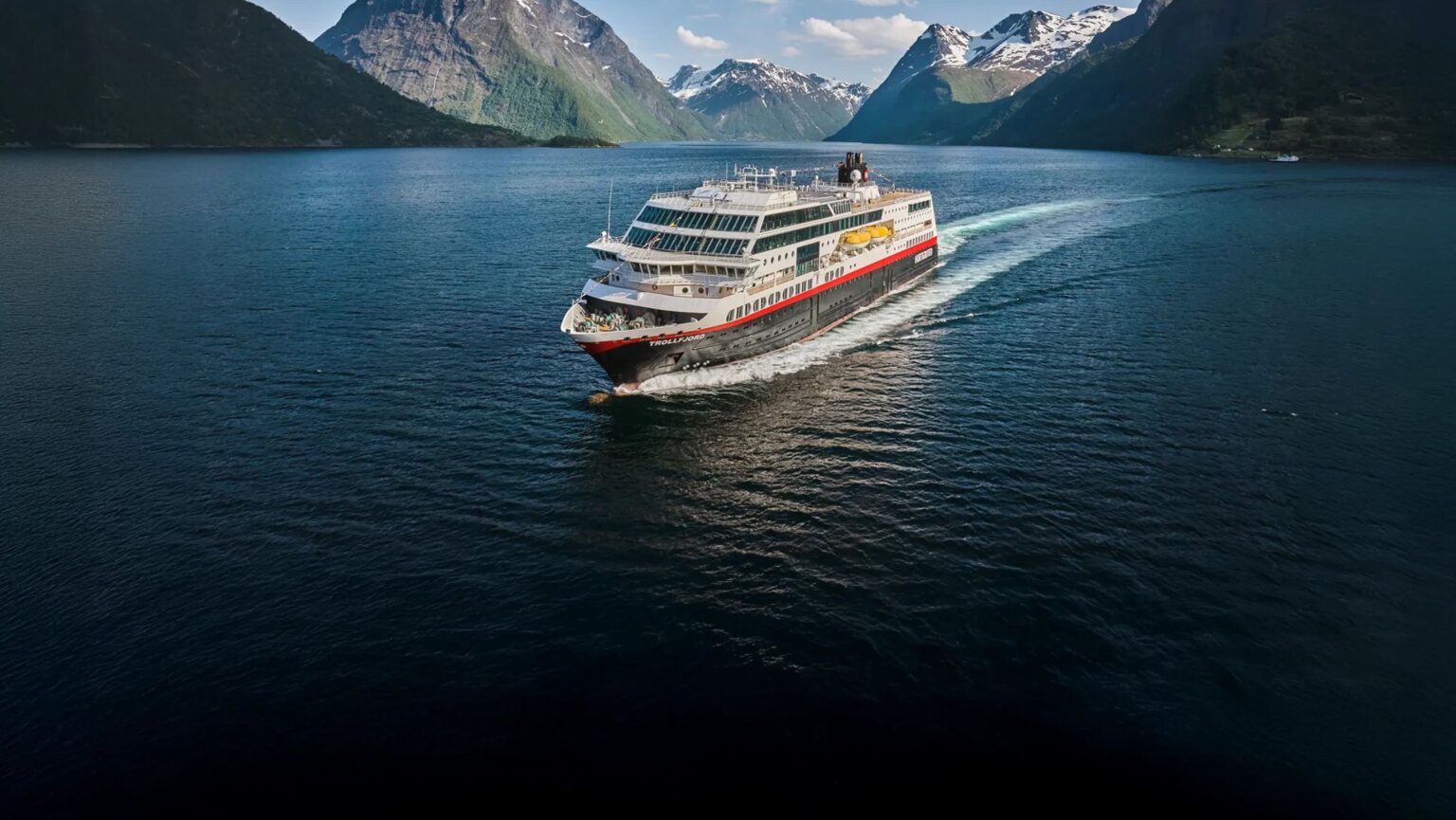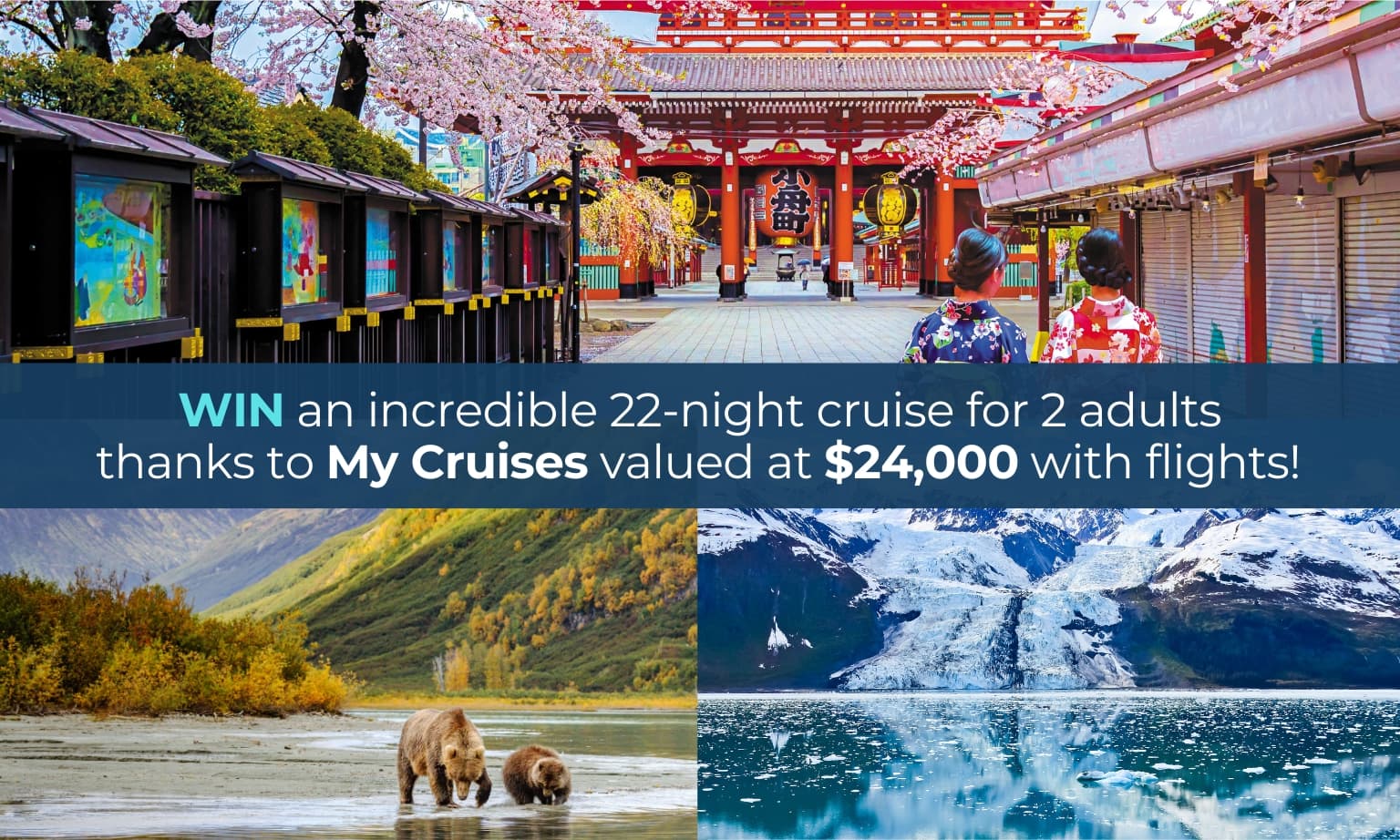- Hurtigruten has a new initiative where the line will pay residents in the towns they visit.
- The initiative is designed to bring the passengers closer to the community.
- Activities will include self-guided tours, trying local cuisine as well as concerts and village parades.
As European cities push back against cruise tourism, one cruise line has created an open collaboration with Norwegian coastal villages.
Hurtigruten announced it would be working with residents of Træna, Bessaker, and Sæbø to create community-led experiences only available to guests aboard its smaller Signature Line ships.
The activities range from church concerts to cultural museums as well as self-guided tours and trying local cuisine. All these excursions are part of Hurtigruten’s new ‘Open Village’ concept which is designed for travellers to understand more about the local life of these remote areas as well as directly supporting small towns with a lower population.
What’s the catch for passengers? None. There is no charge for cruisers to participate. Instead, Hurtigruten will contribute around 250 NOK (around AUD$38) per passenger to each host on every visit.
For one of Hurtigruten’s ships that carries only 500 guests, that investment amount to these Norwegian coastal towns could amount to around $19,000.
While Norway has created a friendly and open dialogue with cruise operators, other cities like Barcelona have not been as forthcoming.
Residents in Barcelona have targeted cruise tourists, with some even spraying water pistols at passengers and openly protesting on the streets during peak holiday periods.
Perhaps if the Catalyan residents were paid $38 per visit, they might consider drawing back their water pistols into their holsters.
How will this help the local Norwegian towns?
Træna is one of the country’s oldest fishing villages and guests will be given a self-guided booklet to explore heritage sites like the Træna Local Museum and the Petter Dass Chapel. In Sæbø, passengers can take a tour of the Avalanche Centre or be treated to a live church concert.
And in Bessaker, the township will hold a village parade with traditional woodcarving as well as homemade cakes, coffee and a meat-based soup called sodd.
Bessaker has a population of just 170 people and around 12 local businesses will see a direct benefit from the cruise tourism. These include food producers, activity operators as well as artists.
“For us in Bessaker, the Open Village contribution is about more than income—it is the foundation for growth and optimism in our community,” said Knut Johan Monkan from Coastal Host Bessaker.
What else is happening with other European countries and cities?
While Hurtigruten and Norway have developed a unique partnership, other places like Barcelona in Spain as well as Nice and Cannes have openly opposed cruise tourism.
While cruise tourism represents such a small amount of visitor numbers to these cities, Barcelona, in the last week, announced it would be closing two out of its seven cruise terminals which are the gateway into the centre of the city.
The closure is part of an agreement from Barcelona’s city council, which will bring down the number of operational terminals down to five.
The agreement also provides funding for a study to evaluate how cruise-ship passengers move around the city, which the council says is a first step in developing sustainable mobility plan.
In addition, the agreement will involve the modernisation of port infrastructure to make cruise operations more sustainable – for example, by allowing ships to connect to a green onshore power supply while they are docked, meaning their engines can be switched off, cutting emissions.
Other cities like Nice and Cannes have also made moves to try and curb the number of cruise tourists. Recently, Mayor Christian Estrosi, who governs over Nice and the Villefranche region, caused a stir when he confronted a Royal Caribbean ship that docked in the region.
However, the French courts have overruled this ban, stating that Estrosi does not have authority to make this decision.








